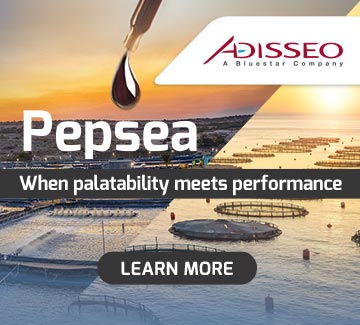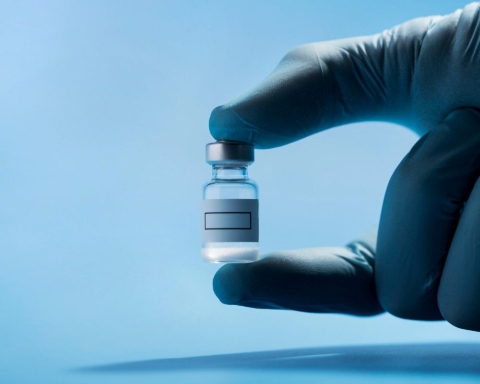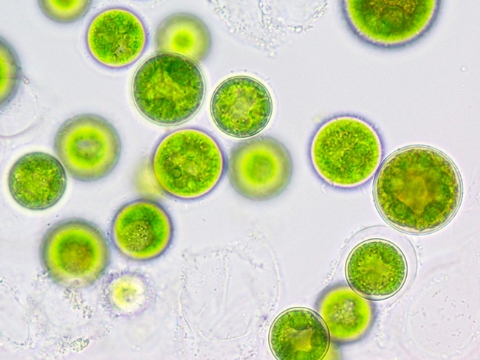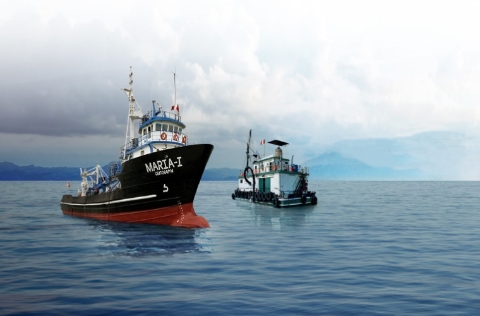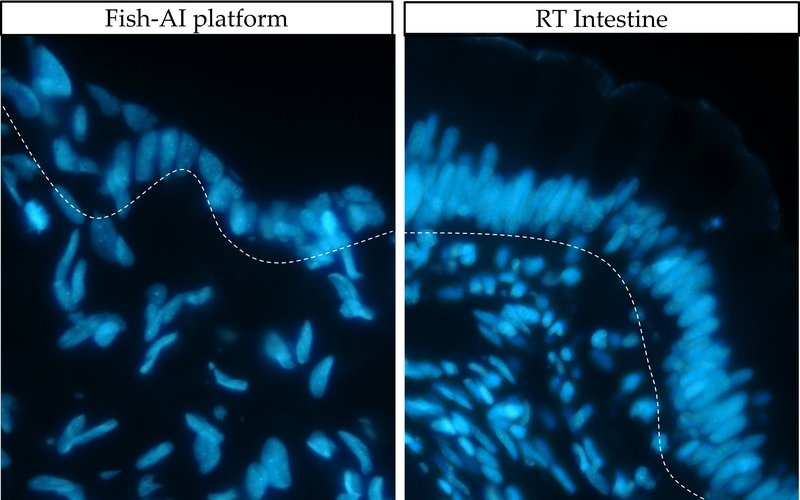
Artificial intestines are an advanced tool that is revolutionising research in aquaculture nutrition and animal health by enabling faster, more cost-effective, and ethical testing, while allowing novel ingredients to be tested efficiently.
Furthermore, this technology can be adapted to the intestines of different fish species, enabling the development of tailored feeds and solutions, which improves the efficiency of the results.
These tools are essential in the initial phases of testing new ingredients, speeding up the process by reducing the time and costs compared to traditional trials. Additionally, these in vitro systems allow for the study of how nutrients and other feed components are absorbed by intestinal cells, assessing their impact on intestinal health. This makes animal trials more effective, ensuring that they are healthier and better balanced.
They are particularly useful for identifying components that may be harmful to fish, such as anti-nutritional factors or toxins, and for analysing how to mitigate their effects.
To date, various research groups have developed their own prototypes, with the European Fish-AI project being one of the most prominent. Led by the University of Milan, Italy, the project also involves scientists from the Norwegian University of Life Sciences, Ghent University, the Israel Oceanographic and Limnological Research Institute, along with the companies Skretting and Biofabics.
The team of researchers has developed an artificial intestine platform that promises to revolutionise aquafeed trials. As Fulvio Gandolfi, professor at the University of Milan, Italy, pointed out, their expertise in stem cells and tissue culture has been used to create this in vitro tool.
How do artificial intestines work?
The Fish-AI platform consists of three main elements: fish intestinal cell lines, a bicameral system, and aquaculture feed pellets. Gandolfi explained that the cell lines were derived from the intestine of rainbow trout and cultured in a device that simulates both the intestinal lumen and the vascular system. The feed pellets are transformed into a slurry that mimics chyme, the semi-digested substance that reaches the intestinal wall. This slurry is introduced into the platform’s upper chamber, allowing researchers to analyse its effect on intestinal cells.
One of the platform's main benefits is its ability to provide a preliminary evaluation of the biological value of various diets without the need for live animal trials. This not only reduces costs but also provides essential information before proceeding to more extensive testing. However, Gandolfi noted that the platform requires highly qualified personnel to operate and currently only predicts effects on the intestine, without assessing other aspects of fish physiology.
Next steps
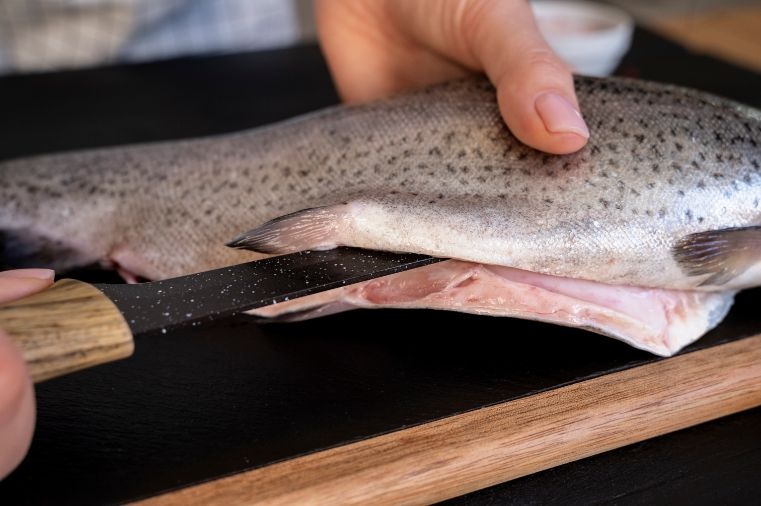
In the future, the goal is to expand this technology to other fish species and enhance its ability to analyse not only intestinal health but also other physiological aspects of fish. At present, the platform has been developed primarily for rainbow trout, but the next step would be to adapt it for other commercially important species, such as salmon, tilapia, or gilthead seabream. This would allow the aquaculture industry to use the system for a wider variety of diets and contexts.
Another important step would be to optimise the platform to simulate not only the effects that feeds have on the intestine but also on other organs and systems within the fish's body. Additionally, real-world validation is necessary to ensure that the effects observed in vitro align with those seen in live trials.
These advancements could lead to the creation of a start-up to commercialise the technology, making it more accessible to the industry. The platform will also allow for the testing of more sustainable and innovative ingredients, based on circular economy principles, driving a more efficient, ethical, and environmentally friendly aquaculture sector.

